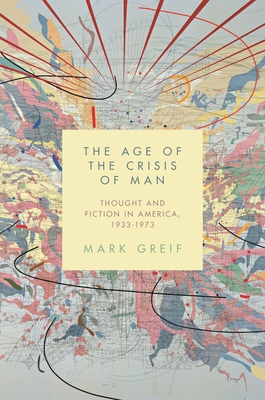
Never Mind the Pollocks
It might seem idiosyncratic to scrutinize such tiny details in such a large painting: Cathedral’s surface area is eighteen square feet, each dot I have discussed smaller than a dime. Yet my purpose in calling attention to Pollock’s small-scale painterly decisions, the evidence of which he left plainly in sight, is to demonstrate his fastidious concern with the integrity of his surfaces. From the perspective of their studied particularity, limiting the use of “all-over” to describe stylistically the putative uniformity of Pollock’s canvases forecloses the possibility that “all-over” might just as well designate the intentional character of every mark. In Pollock’s automatism, everything matters, at least potentially.













